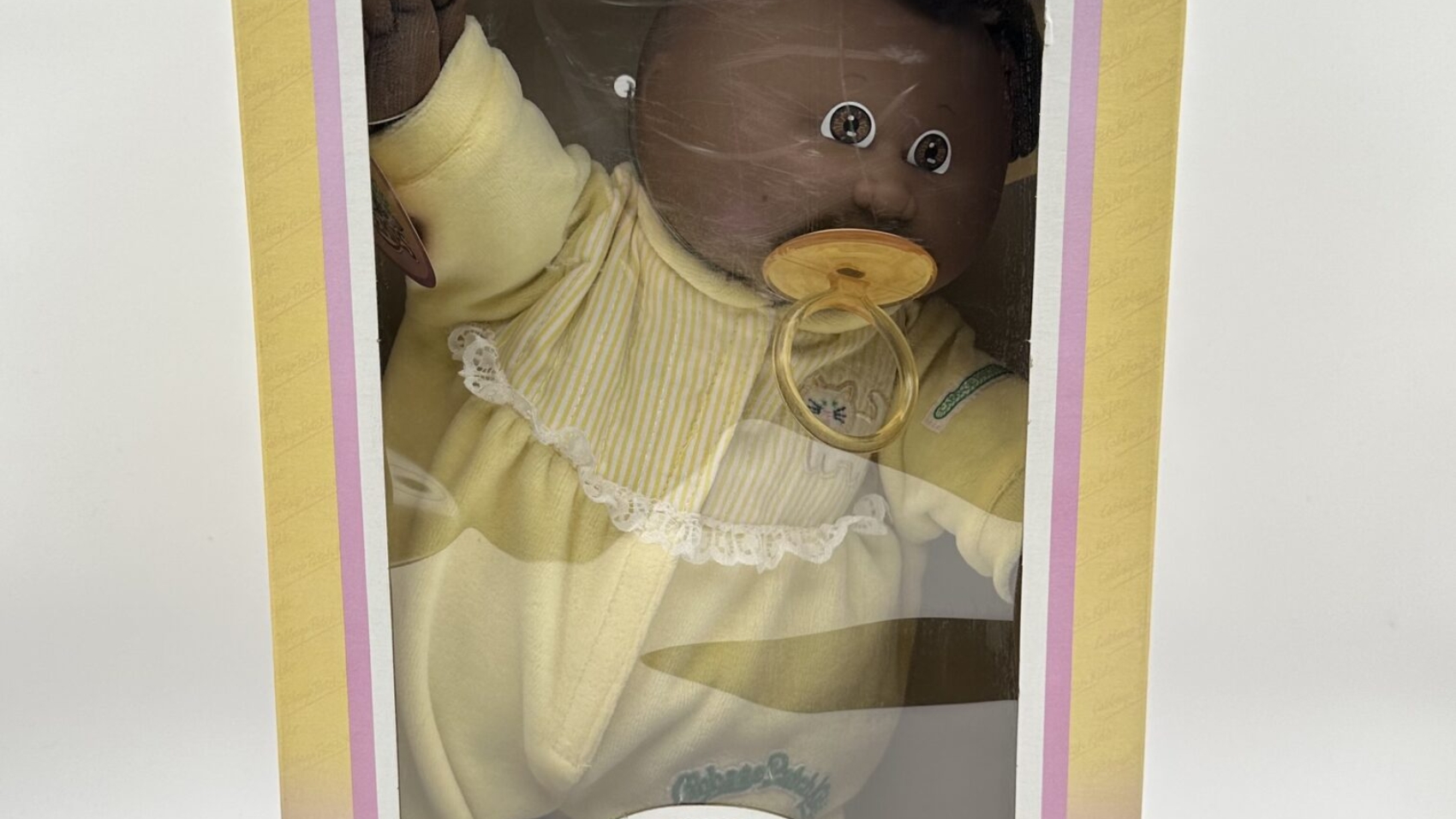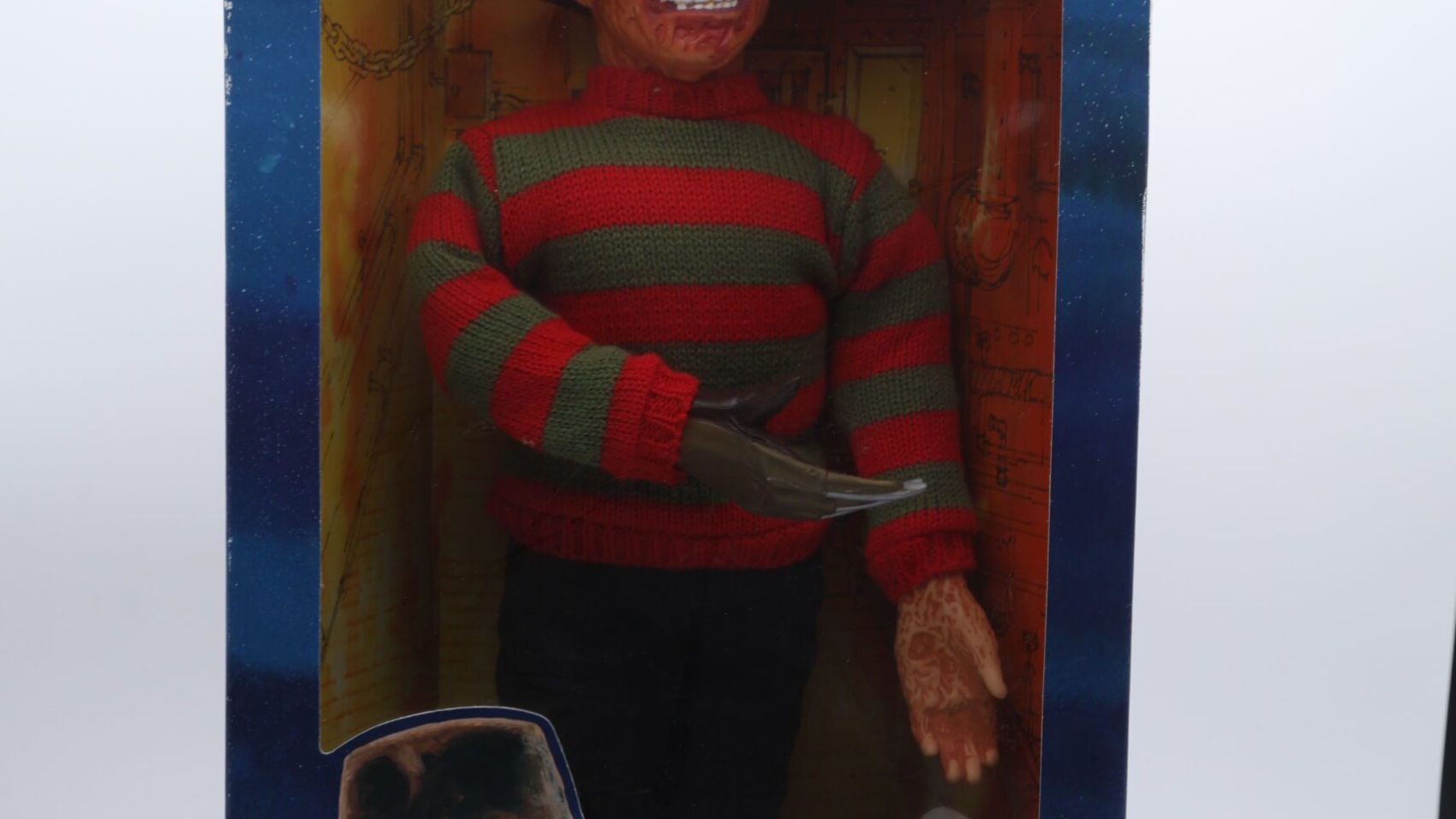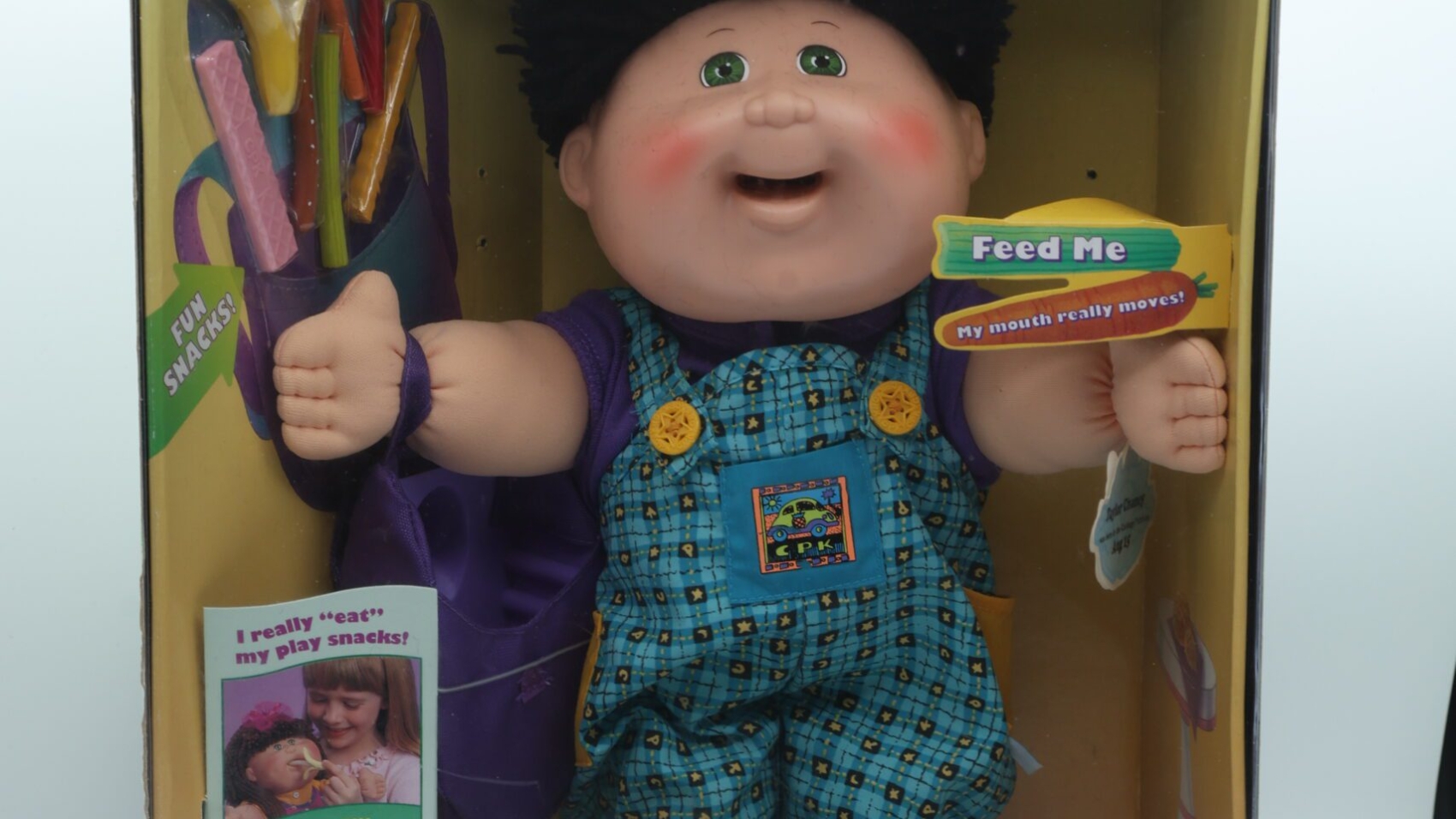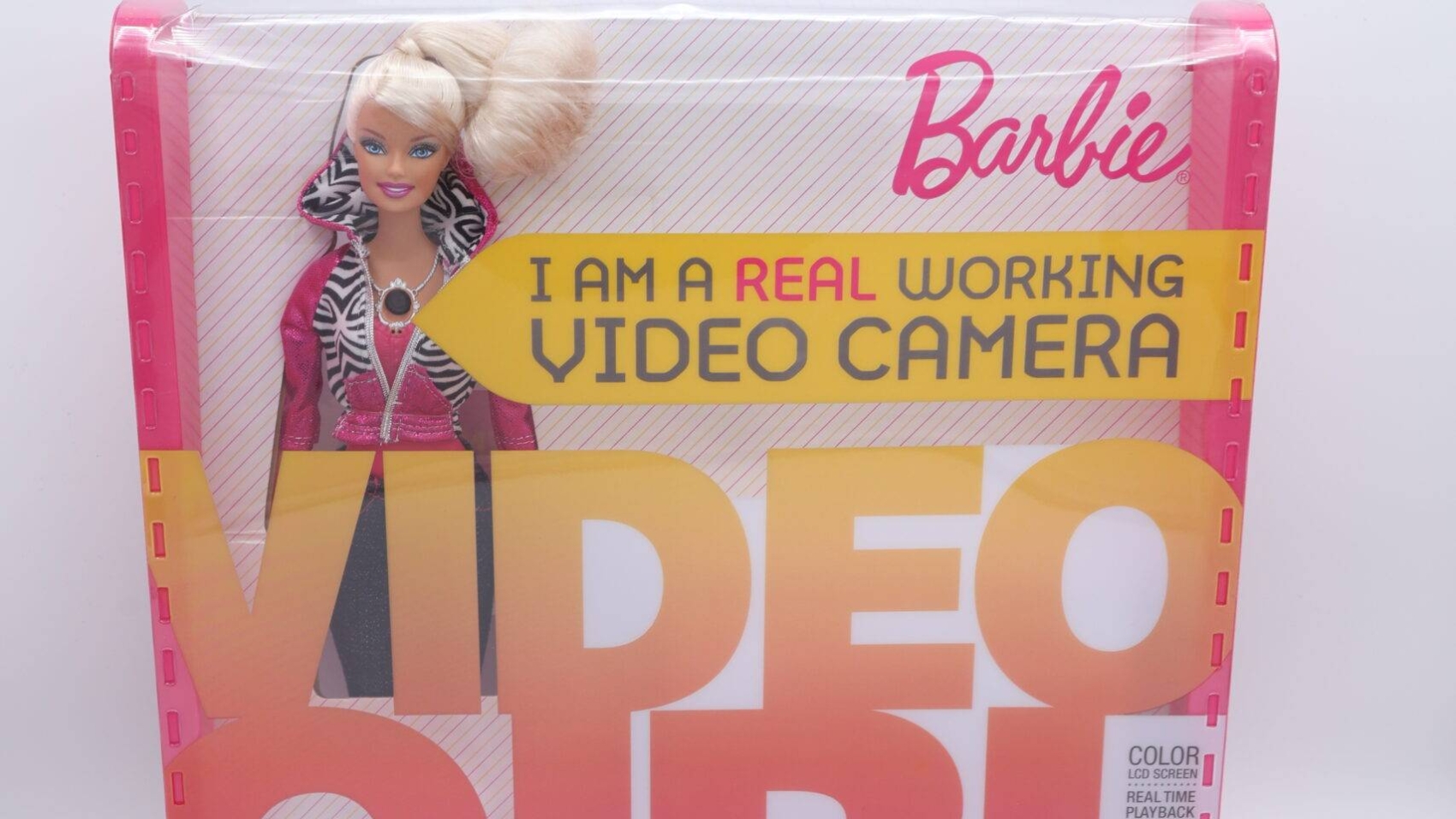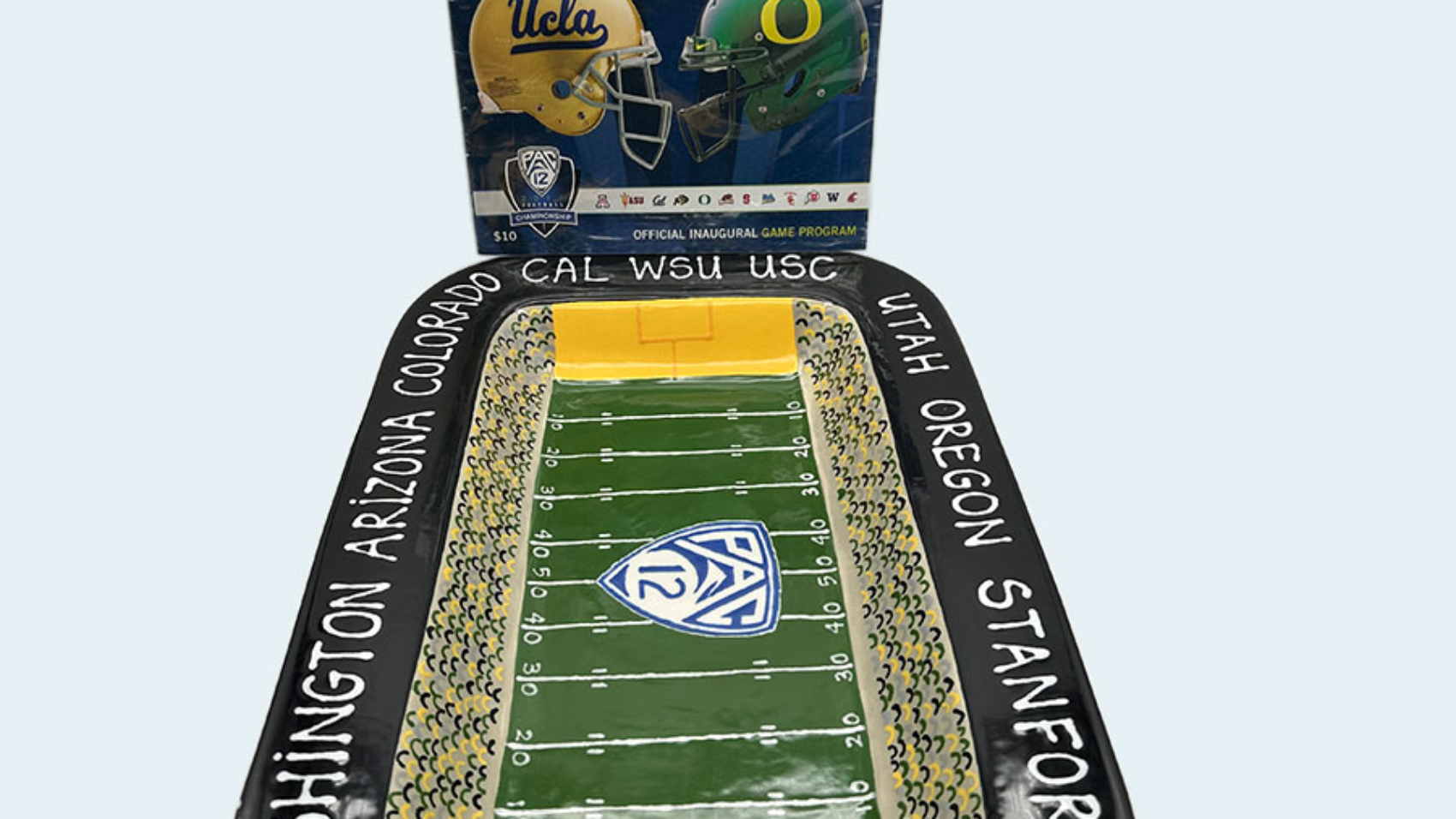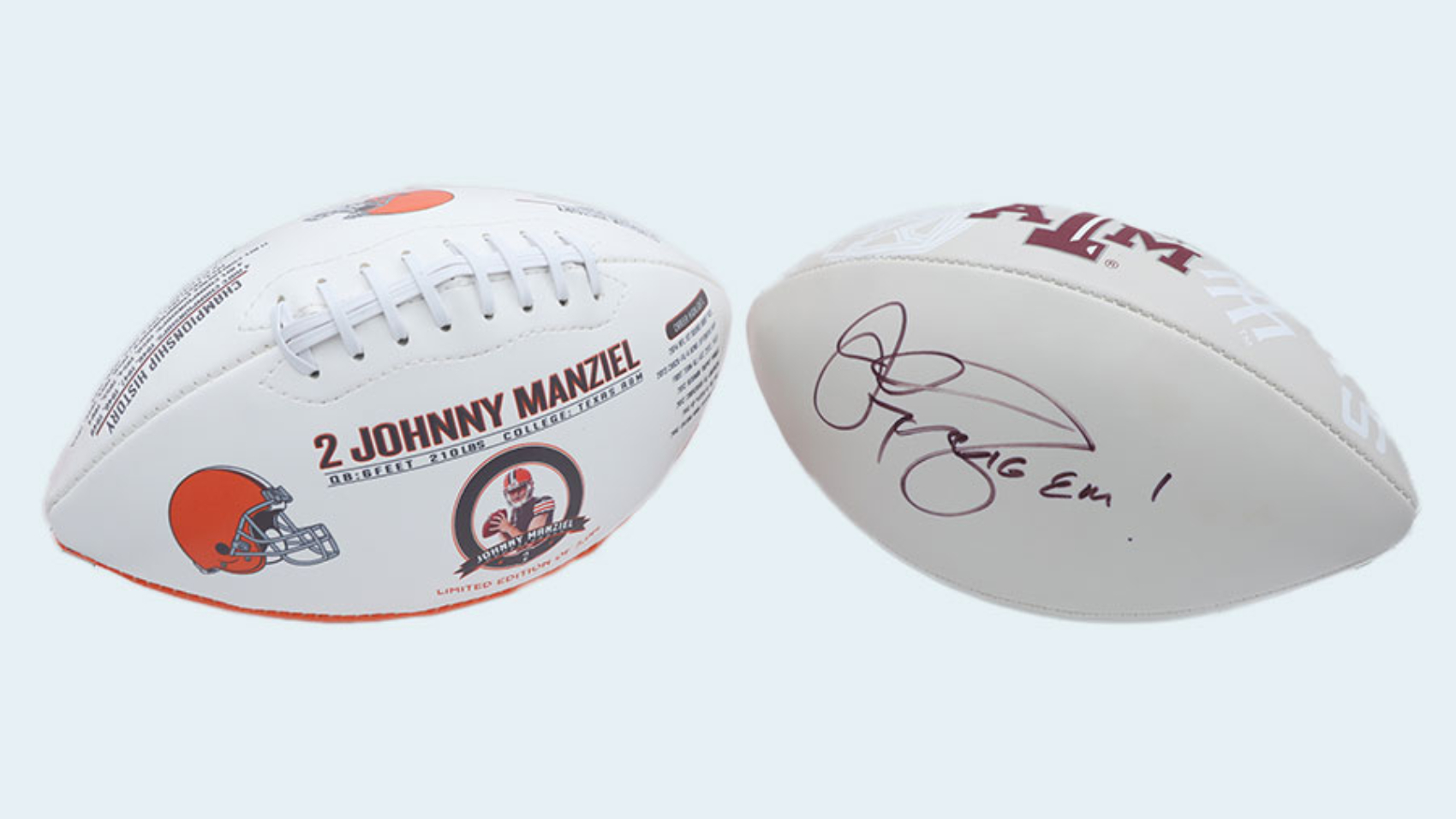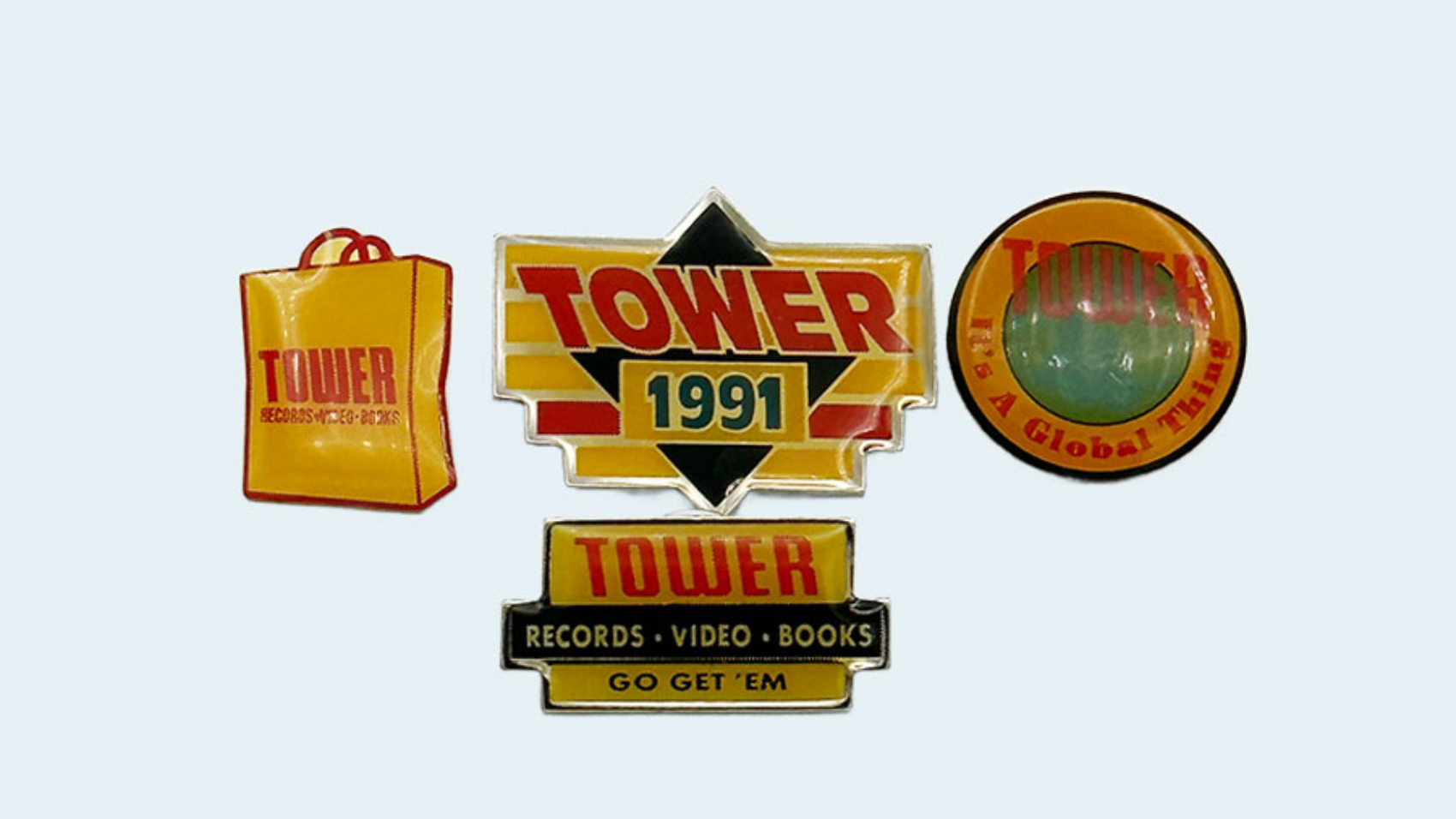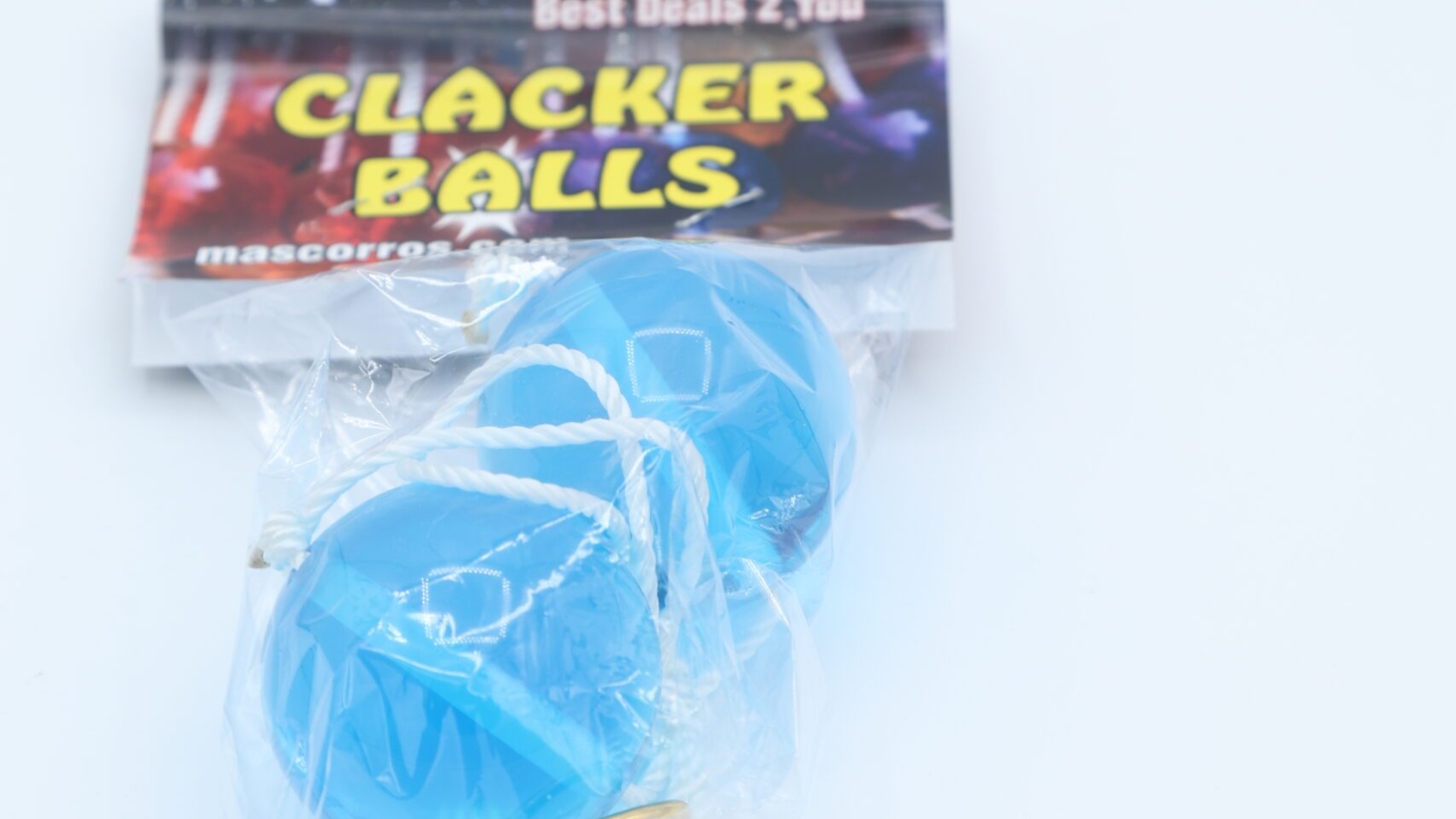In 1987, the doll was 3 inches shorter and came complete with tiny diapers and very little hair and smelled like baby powder.
My Puppy Puddles
In 1980 was ranked number one among toys with bladder infections; “puppy can walk, wet, and give you kisses.” The puppy drank and peed from the same bowl!
Talking Freddy Krueger
In 1989, it was “the first licensed talking Living Dead Doll ever produced.”
Cabbage Patch Kids Snacktime Doll
In 1997, there were over 100 reports of children getting hair and fingers caught in the battery-operated mouths.
Captain Power
Created in 1987, kids would point the ship at the TV during battle sequences to shoot enemy robots and spaceships.
Video Girl Barbie
In 2010, discontinued this Barbie doll capable of recording video sparking fear among the police, parents, and the FBI.
Pac-12 Conference
Fell apart in 2023 after refusing to partner with ESPN or Fox and instead build isn’t own TV network, which generated much less money for schools than other conferences.
Johnny Manziel
In 2016, several off-field issues, including substance abuse problems, derailed his career.
Tower Records
In 2006, failed to identify the impending digital music revolution.
Clacker Balls
Invented in 1960, the fairly heavy and fast-moving balls would occasionally shatter & injure children upon striking each other.


